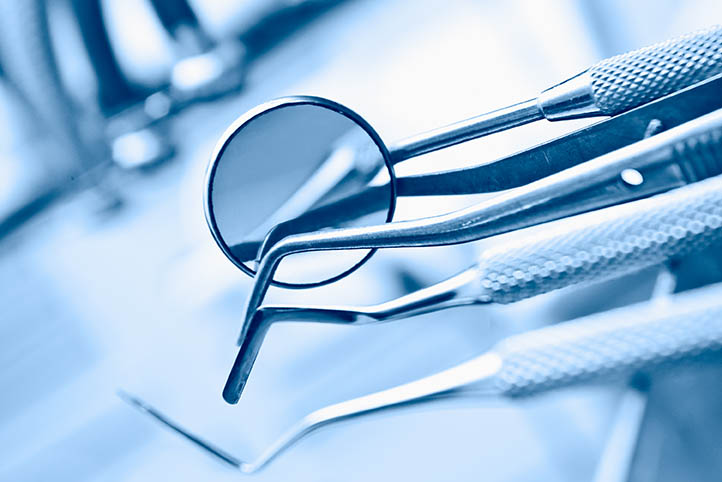Preventive dental services for children and adults consist of a number of in-office and home care activities, including:
At-home oral hygiene. The most important prevention technique is brushing and flossing at least twice a day to remove dental plaque, a coating that forms on your teeth. If not removed, plaque will cause tooth decay and lead to gum disease.
Fluoride Treatment. The delivery of fluoride to the teeth, topically or systemically, to protect them from dental caries (cavities). Strictly speaking, fluoride therapy repairs rather than prevents damage to the teeth, causing the mineral fluorapatite to be incorporated into damaged tooth enamel.
Regular dental visits. Since most dental conditions are painless at first, if you don’t regularly visit your dentist, you may not be aware of dental problems until they cause significant damage. For best results, schedule regular dental check-ups every six months.
Dental Cleanings. It is often done by a dental hygienist. Professional cleaning includes tooth scaling and tooth polishing and debridement if too much tartar has accumulated. This involves the use of various instruments or devices to loosen and remove deposits from the teeth. Overly vigorous or incorrectly performed brushing or flossing may cause injury to the gingiva (gums). Improper or over-vigorous brushing may cause sore gums, damage to tooth enamel, gingivitis, and bleeding gums. Dentists and dental hygienists can instruct and demonstrate proper brushing or flossing techniques.
Diagnostic Digital X-Rays. X-rays enable dentists to look for signs of dental problems that are not visible to the naked eye, such as cavities between teeth and problems below the gum line.
Dental Sealants. Materials that are placed in pits and fissures to fill them in, creating a smooth surface that is easy to clean. Dental sealants are mainly used in children who are at higher risk of tooth decay, and typically they are placed as soon as the adult molar teeth come through.
Cancer Screening. The goal of oral cancer screening is to detect mouth cancer or precancerous lesions that may lead to mouth cancer at an early stage — when cancer or lesions are easiest to remove and most likely to be cured.



